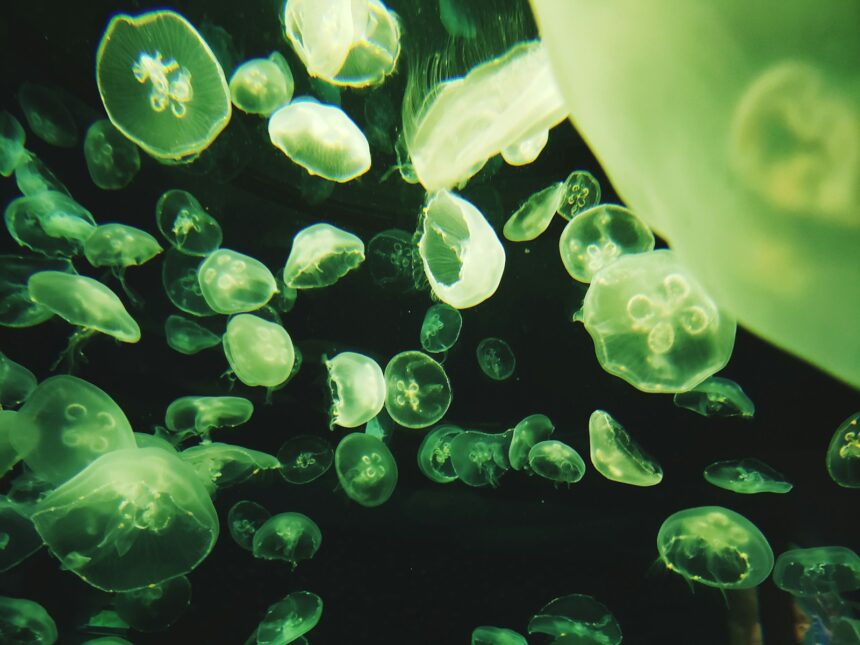When we talk about the possibility of humans living on Mars, one of the biggest challenges is not the rockets or the habitats, but something far more basic: how to breathe. Carrying oxygen tanks across space is not practical for long-term survival. This is where a tiny microbe might make a huge difference.
Scientists have been studying an extremophile, a type of microorganism that can survive in very harsh environments. This particular one is known as Chroococcidiopsis. It has shown the ability to grow on materials that are similar to Martian soil, and in the process, it produces oxygen. That means if it can be cultivated in future Mars colonies, it could support human breathing needs directly on the Red Planet.
Researchers tested this by using soil that mimics Martian regolith. The results were promising. The bacteria did not just survive, it actively thrived, pulling nutrients from the soil and releasing oxygen as part of its natural process. What makes it even more interesting is that it does not require rich Earth-like soil to function. Even in the limited resources available on Mars, it can manage to carry out its work.
The experiments also showed that these microbes can survive extreme conditions such as radiation and low pressure that would normally be deadly to most life. Even when their DNA was damaged by radiation, they were able to repair it after rehydration and continue functioning normally, with no lasting increase in mutations. This resilience is what defines them as extremophiles, organisms that have evolved to survive where most others cannot.
For space scientists and planners, this is a big step. If humans ever build bases on Mars, they will need systems that can provide oxygen without constant resupply from Earth. Carrying oxygen would be costly and dangerous, while producing it locally would make settlements more realistic. A living system using microbes might offer a natural and renewable source.
This does not mean the problem is solved. There are still challenges ahead. One is how to grow these organisms at scale in Martian conditions. Another is how to protect them and keep them productive in an environment that is far more unstable than Earth. But the fact that they can survive in laboratory simulations of Mars is an important first step.
There is also a wider question. If such microbes can survive on Mars-like conditions, does that mean life could exist elsewhere in the solar system? Extremophiles on Earth already show us that life can adapt to the most unlikely places — from boiling hot springs to the depths of ice. This experiment adds to the evidence that life is resilient and flexible.
For now, the practical focus remains on human needs. Space agencies and researchers are interested in creating closed-loop systems where food, water, and oxygen can all be recycled and produced on site. Using microbes for oxygen production could become one part of that system.
It is too early to say whether this specific cyanobacterium will be the final answer. But it shows a direction for research and gives hope that we may not need to carry every breath of oxygen from Earth. Instead, we may be able to “farm” our oxygen directly on another planet.
Story Source: This article was originally published by Universe Today. Read the original article here.







